All Science
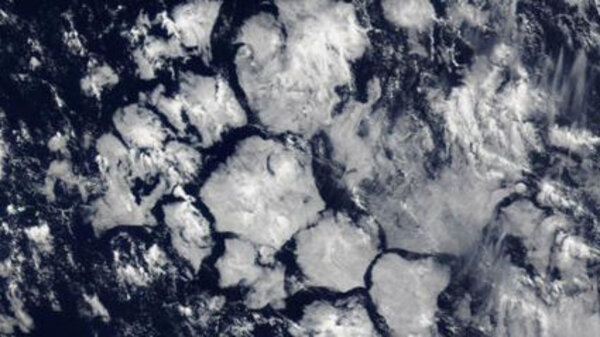 What a Science Channel story on Bermuda Triangle got wrong
What a Science Channel story on Bermuda Triangle got wrongThe 1945 disappearance of 27 Navy airmen remains unresolved. The urban legend it gave birth to may not ever go away.
 Ancient interior decorators: Did early humans line caves with lion pelts?
Ancient interior decorators: Did early humans line caves with lion pelts?Expertly made cuts appear on toe bones of the cave lion, Panthera spelaea, say scientists. That suggests humans had practice in skinning lions.
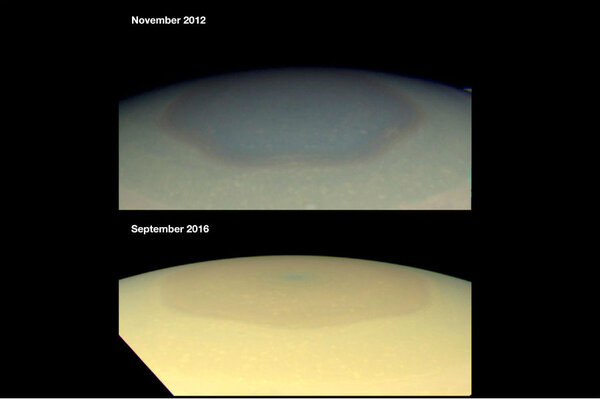 First LookWhy Saturn's hexagonal pole is now changing color
First LookWhy Saturn's hexagonal pole is now changing colorA new model suggests that Saturn's mysterious polar formation is responding to the slowly changing seasons of the planet's 29-year orbit.
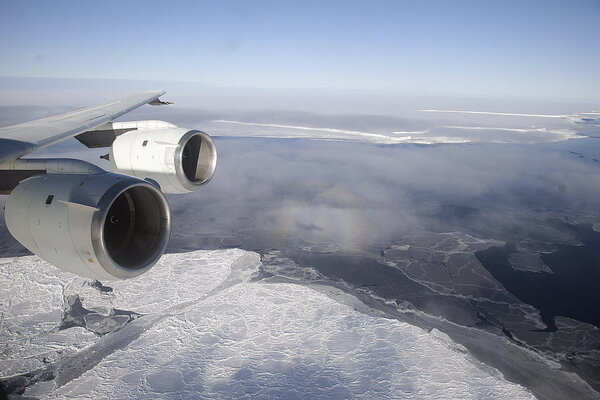 First LookIce-shelf melting seen to accelerate in West Antarctica
First LookIce-shelf melting seen to accelerate in West AntarcticaWarming ocean waters are melting several Antarctic ice shelves faster than previously thought, a new study from NASA and the University of California, Irvine indicates.
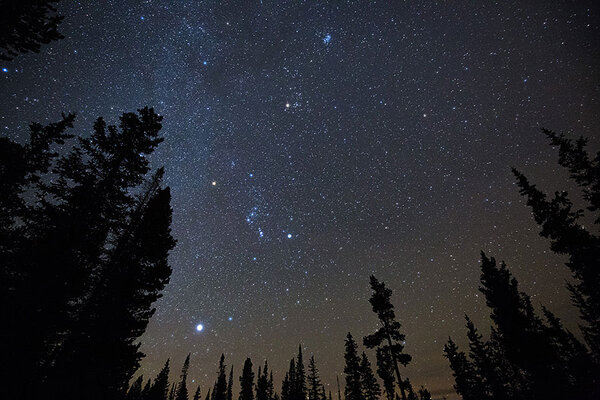 Do we need to rethink the way we search for intelligent alien life?
Do we need to rethink the way we search for intelligent alien life?Our search for extraterrestrial signals has always focused on radio, but a new study suggests that aliens may be communicating with Earth via pulsing starlight.
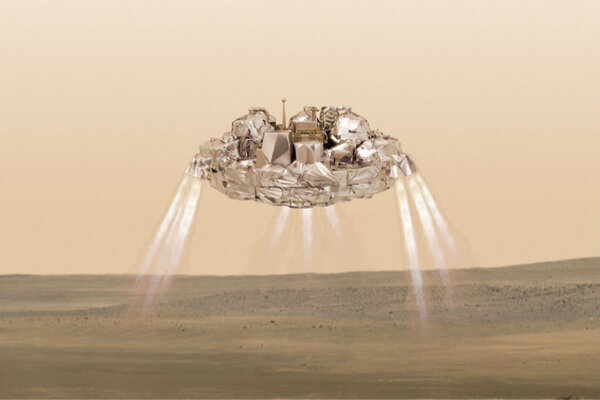 First LookDid software glitch doom the European Mars lander?
First LookDid software glitch doom the European Mars lander?Schiaparelli's failure may have come from a glitch that caused the probe to think it had already landed while still 2 to 4 kilometers above the surface.
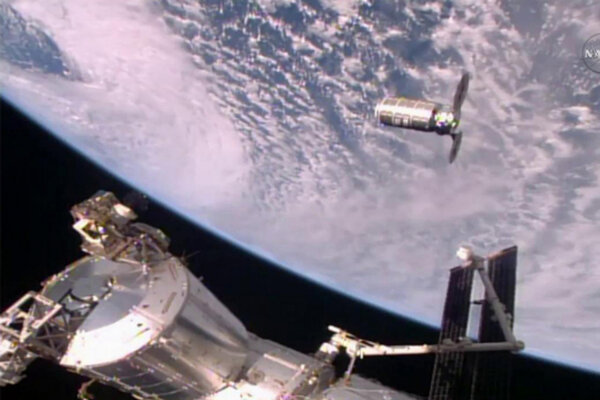 First LookWhy ISS astronauts plan to set a cargo spacecraft ablaze
First LookWhy ISS astronauts plan to set a cargo spacecraft ablazeThe ISS crew will monitor the blazes remotely, in an effort to test the effects of microgravity and limited oxygen on flame size and the spread of fire.
 First LookWhy the peacock begonia has beautiful blue leaves
First LookWhy the peacock begonia has beautiful blue leavesA research paper in the journal Nature Plants explains how Begonia pavonina, or the 'peacock begonia' copes with low levels of sunlight by developing shimmering blue leaves. The key: iridoplasts which perform photosynthesis.
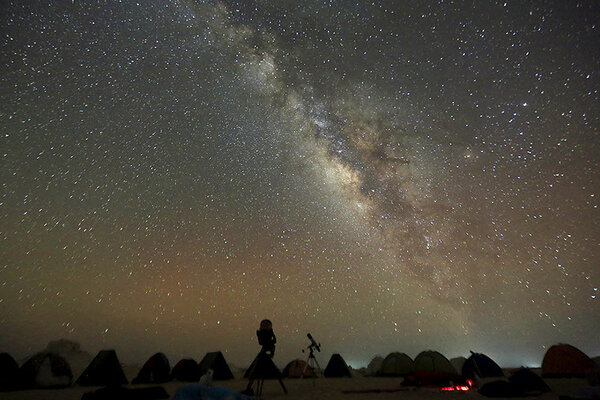 The rise of 'citizen astronomers': An era of new discoveries and collaboration
The rise of 'citizen astronomers': An era of new discoveries and collaborationAs non-experts become a source of cosmic understanding, their participation generates fresh questions about the connections between science and democracy.
- First LookAfter two-year hiatus, Orbital ATK Cygnus arrives at space station
The International Space Station has successfully plucked its first cargo shipment launched from Virginia's Wallops Island via an Orbital ATK Cygnus capsule, following a nearly two-year pause in deliveries prompted by a 2014 launch explosion.
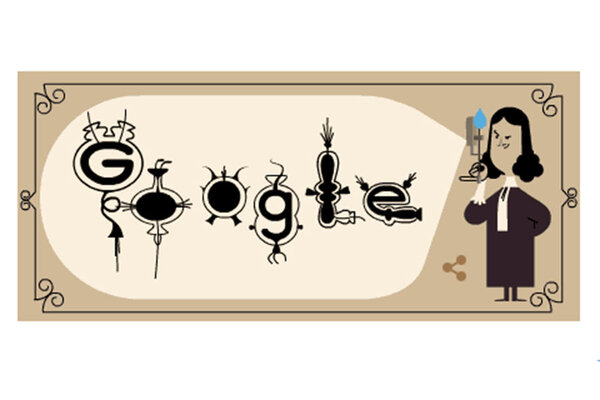 First LookWhy Google celebrates Antoni van Leeuwenhoek
First LookWhy Google celebrates Antoni van LeeuwenhoekGoogle window: Monday marks the 384th anniversary of the birth of Dutch scientist Antoni van Leeuwenhoek, who is widely considered to be the first microbiologist.
 First LookLife on Mars: Did Elon Musk's AMA deliver on lingering questions?
First LookLife on Mars: Did Elon Musk's AMA deliver on lingering questions?Ask Me Anything: On Sunday, Elon Musk fielded questions from space-travel enthusiasts during a Reddit AMA session meant to supplement his previous SpaceX press conference.
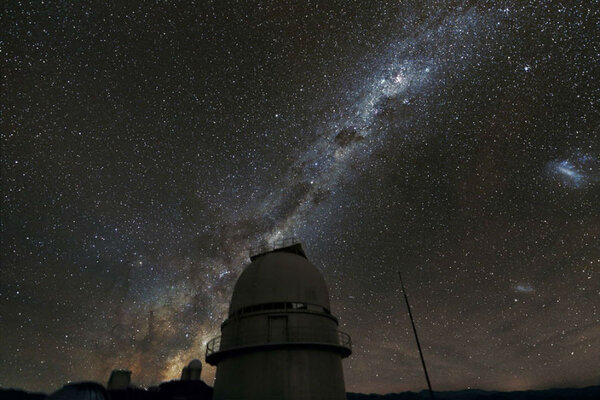 First LookHow was the oldest circumstellar disk discovered?
First LookHow was the oldest circumstellar disk discovered?AWI0005x3s was found with the help of 'citizen scientists' using the NASA-sponsored Disk Detective website.
 Who's Iris Pear? Nuclear physics conference accepts nonsensical 'autocomplete' study
Who's Iris Pear? Nuclear physics conference accepts nonsensical 'autocomplete' studyDoes the nuclear physics paper hoax suggest lazy peer editing, or predatory behavior on the part of academic organizations?
 First LookIs dark energy a real thing? Maybe not, new study suggests.
First LookIs dark energy a real thing? Maybe not, new study suggests.A new study from researchers at Oxford may indicate that the universe is expanding at a constant rate, which means there is no need to posit a 'dark energy' that accelerates its expansion.
 First LookHow did the European Space Agency's Mars lander meet its untimely end?
First LookHow did the European Space Agency's Mars lander meet its untimely end?NASA’s Mars Reconnaissance Orbiter has obtained low-resolution photos that appear to show the wreckage of ESA's Schiaparelli lander.
 What a new map tells us about the Milky Way
What a new map tells us about the Milky WayThe HI4PI survey improved on the previous hydrogen study, the Leiden-Argentine-Bonn (LAB) survey, by a factor of two in sensitivity and a factor of four in angular resolution. The resulting map was a much clearer and more accurate picture of the galaxy.
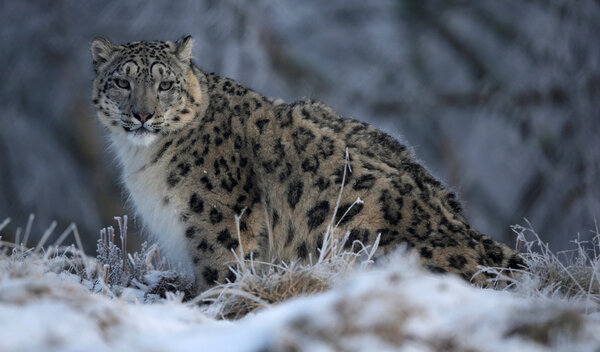 Why the world's last few snow leopards are dying at the hands of humans
Why the world's last few snow leopards are dying at the hands of humansThe report estimates that between 221 and 450 snow leopards have been killed since 2008, but notes that the number could be higher since killings in remote areas go undetected and it is difficult to monitor the trade of big cats.
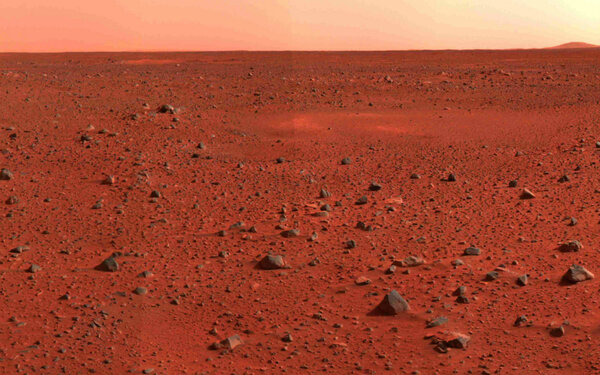 First LookDid the Viking rover actually discover signs of life on Mars in 1976?
First LookDid the Viking rover actually discover signs of life on Mars in 1976?In 1976, NASA sent two probes, Viking 1 and Viking 2, to the Red Planet to test for signs of life. Two of the scientists now argue that their experiments' results should be reexamined in light of more recent tests.
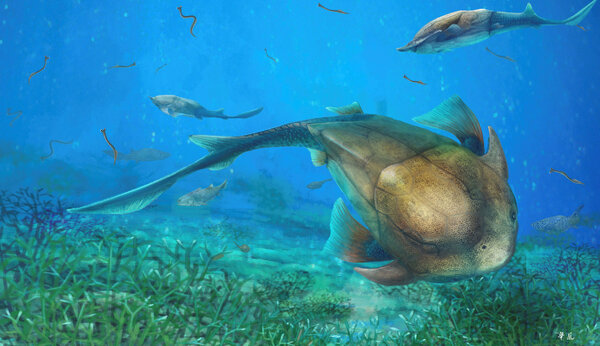 First Look423-million-year-old fish fossil sheds light on evolution of animals' jaws
First Look423-million-year-old fish fossil sheds light on evolution of animals' jawsQilinyu rostrata – a bottom-dwelling, armored fish that belongs a prehistoric class known as placoderms – had jaw bones that suggest placoderms played a key role in vertebrate evolution.






















